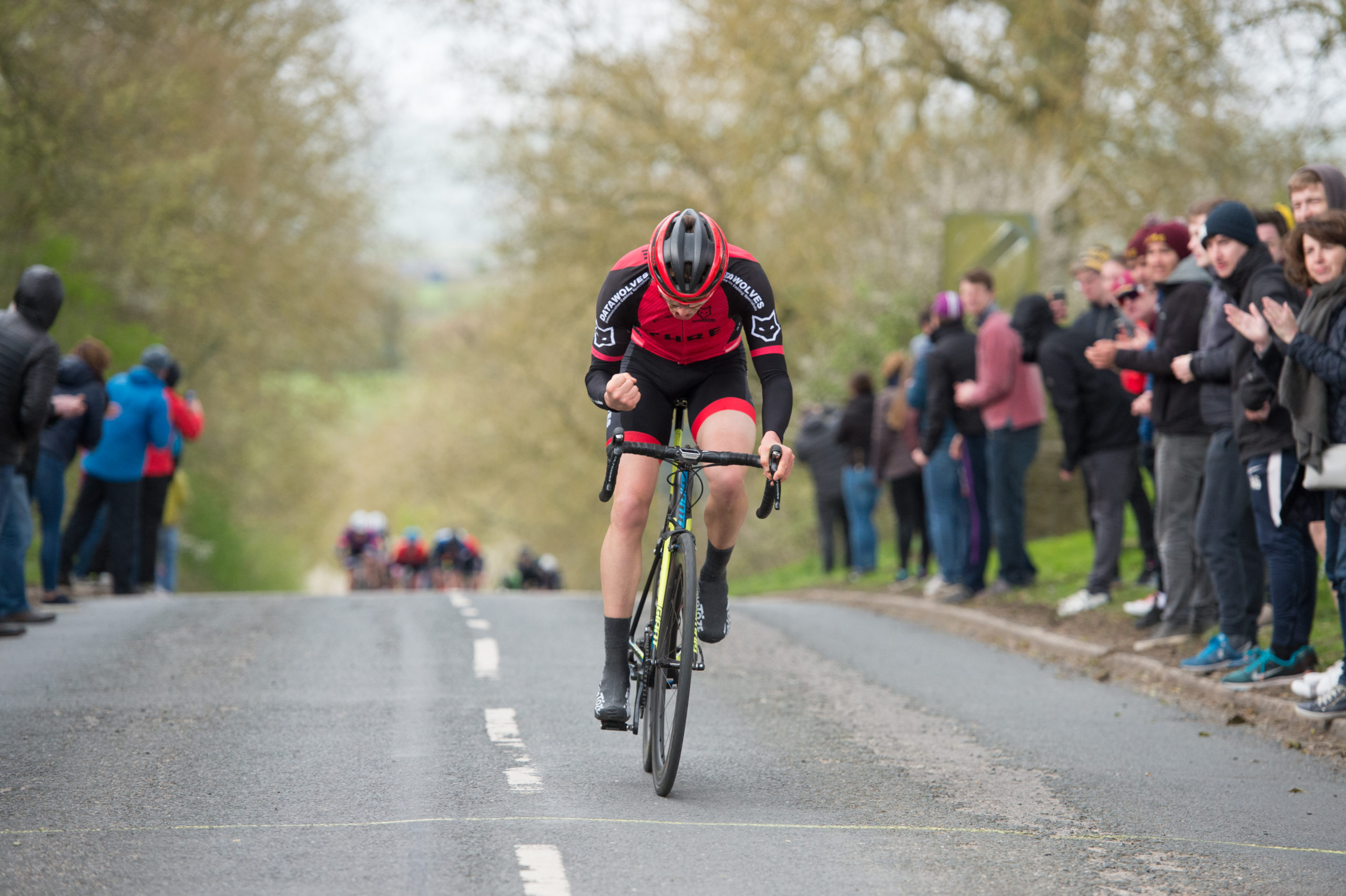
18 Sep Meet the Team- Hayden Allen, Physiologist
We recently launched our 10-Week Programme, a coaching package that allowed athletes the freedom to purchase a one-off training package to help them prepare for individual races, rehab from an injury or focus on a specific weakness. Within the 10-Week Programme athletes are able to utilise the support team through testing and advice, we sat down with our resident Physiologist, Hayden, to find out more about the testing protocols.
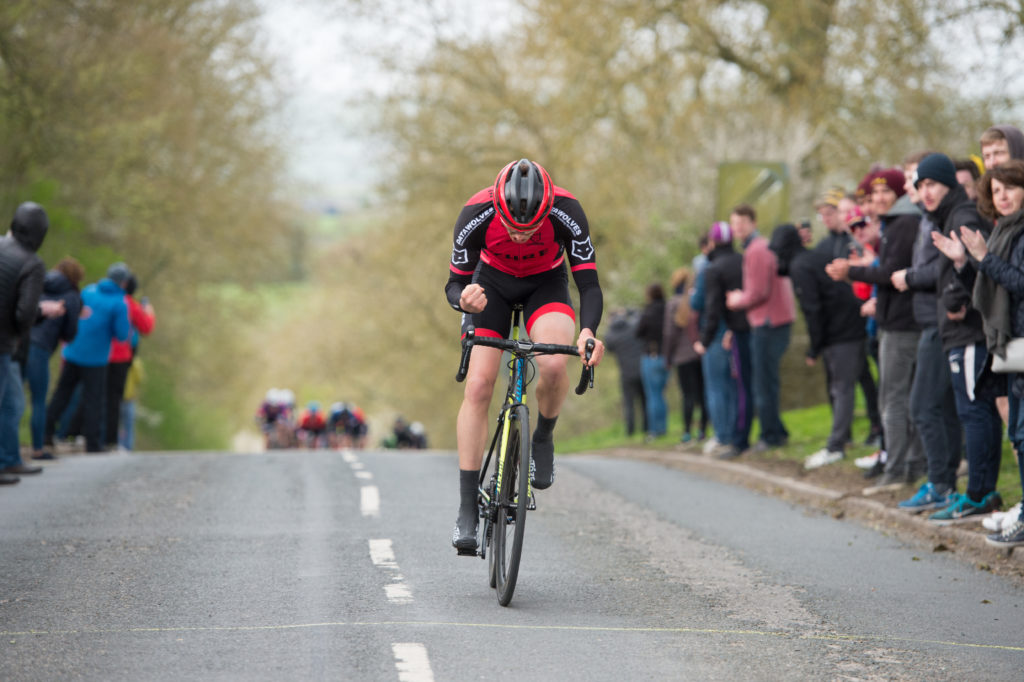
I’ve previously shared some insights into the field-based cycling testing we used at Pure Performance Coaching. This Q and A goes a little deeper into how we interpret the data and apply it to training and racing.
Q: Before you dive into their data, is there anything you like to know about the athlete and the testing?
Yes definitely. When an athlete joins PPC and undergoes the testing, we discuss sporting background and training history. It is not uncommon for athletes coming later to the sport of triathlon to have played a different sport at a younger age. Competitive athletes often pursue a sport they are good at, that is associated with unique inherent and developed performance attributes. Years of endurance training following a similar pattern can also elicit some fairly predictable physiological traits. These are useful to contextualise an athletes’ unique physiological profile.
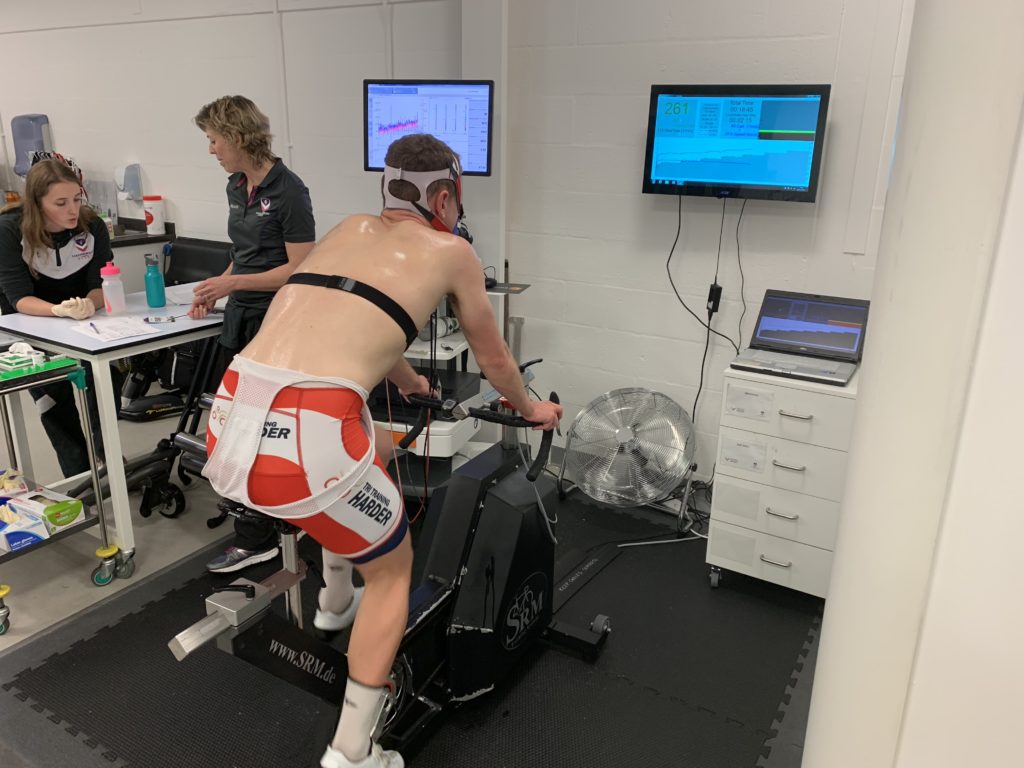
In addition, it’s good to hear the athletes’ feedback on the testing. Did they feel it went well? Was the lead in good? Chris has some great pre-testing guidance that includes aspects from Caroline (nutrition), Pete (S&C) and Claire (Physiotherapist) so that is normally covered. In this regard, there have been instances where Claire has screened an individual and noted some biomechanical nuances that are likely to impact an athletes’ test performance or suitability to perform the testing. Where possible, for non-drafting athletes, testing would be performed in race position on the race bike. However, a biomechanical limitation, impacting overall training, may mean it is better to test an athlete in a less limiting position (I.e. road bike), that will be used more regularly in the following weeks of training. Athletes’ perceptions are useful because part of the bike testing is a test of maximal aerobic capacity, and some of the physiological responses are used to determine the performance across other parts of the testing (i.e. maximal HR).
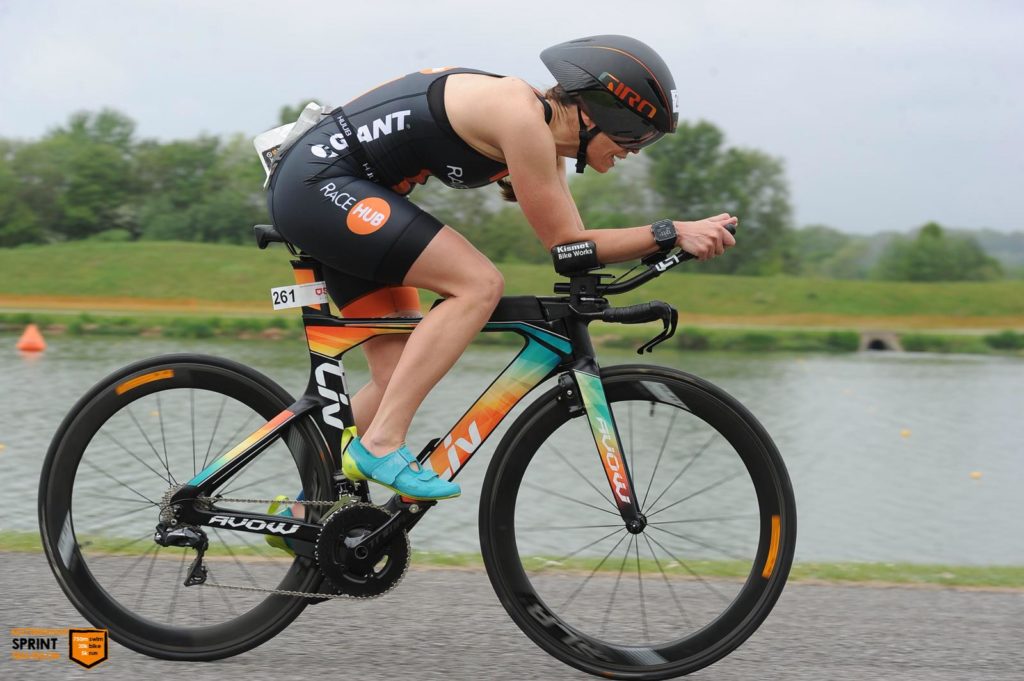
Q: How does the data inform decisions of overall training-intensity distribution?
A key interpretation comes from a comparison of an athletes’ sustainable power compared to their maximal aerobic capacity, or VO2max. The best endurance athletes are able to sustain approximately 90% of the power at VO2max. We acknowledge that not all athletes have the genetic predisposition for world-class endurance performance, and neither the time to train like professionals and therefore an individual athletes’ optimal sustainable power as a % of power at VO2max may vary. That said, if that % is seemingly quite high, the potential for further improvement is likely limited unless the VO2max can be improved further. Alternatively, if the % is lower, then the training time available until the next race can be considered to determine the optimal training-intensity distribution (% of total training time spent in different training zones). For example, a longer lead up to an event may permit some effort to increase an athletes ceiling before improving an athlete’s sustainable power.
Q: How does the data inform specific training sessions?
The power-duration model allows us to quantify an athletes’ sustainable power (referred to as critical power), and their ability to utilise energy above this threshold (referred to as W’). Using these two variables, high-intensity interval sessions can be individually prescribed based on the physiological profile.
When creating a typical ‘long interval’ session (> 4 mins per rep), the number intervals, the ‘work’ power and duration, and the ‘rest’ power and duration need to be considered. When thinking about a micro-interval session (I.e. 40/20’s), there is an additional rest interval include. Nonetheless, the use of algorithms (termed the Balance model) can be used to build a session that elicits the desired physiological adaptation but is also likely to be achievable. Some more research in the wider field of physiology is needed to perfect the model, but it’s a great tool.
Here at Pure Performance Coaching, we really focus on the numbers side of training and ensuring our athletes are completing training sessions that are targetted at improving their individual performance, if you’re interested in finding out more about our coaching, you can get in contact here.
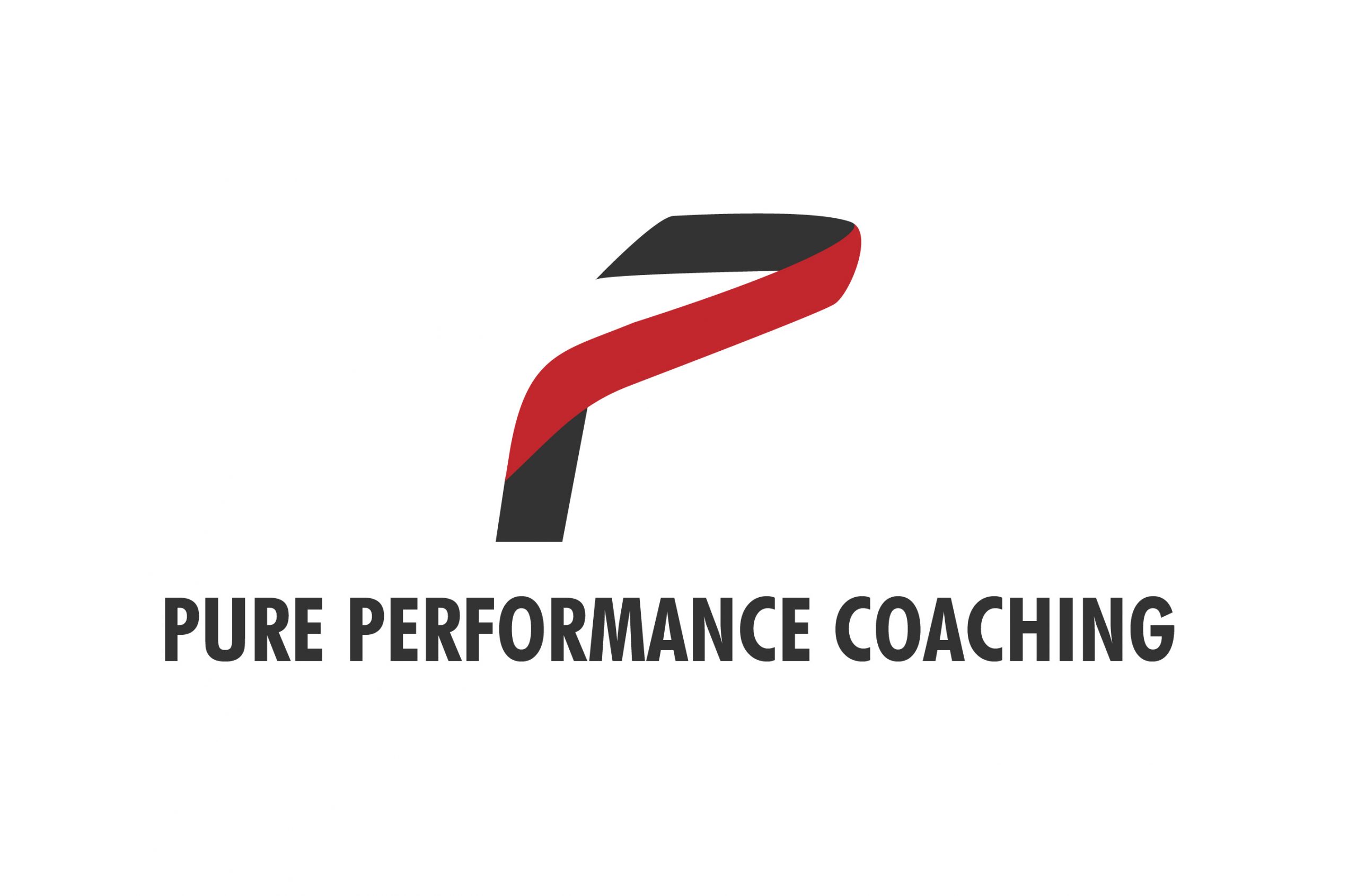

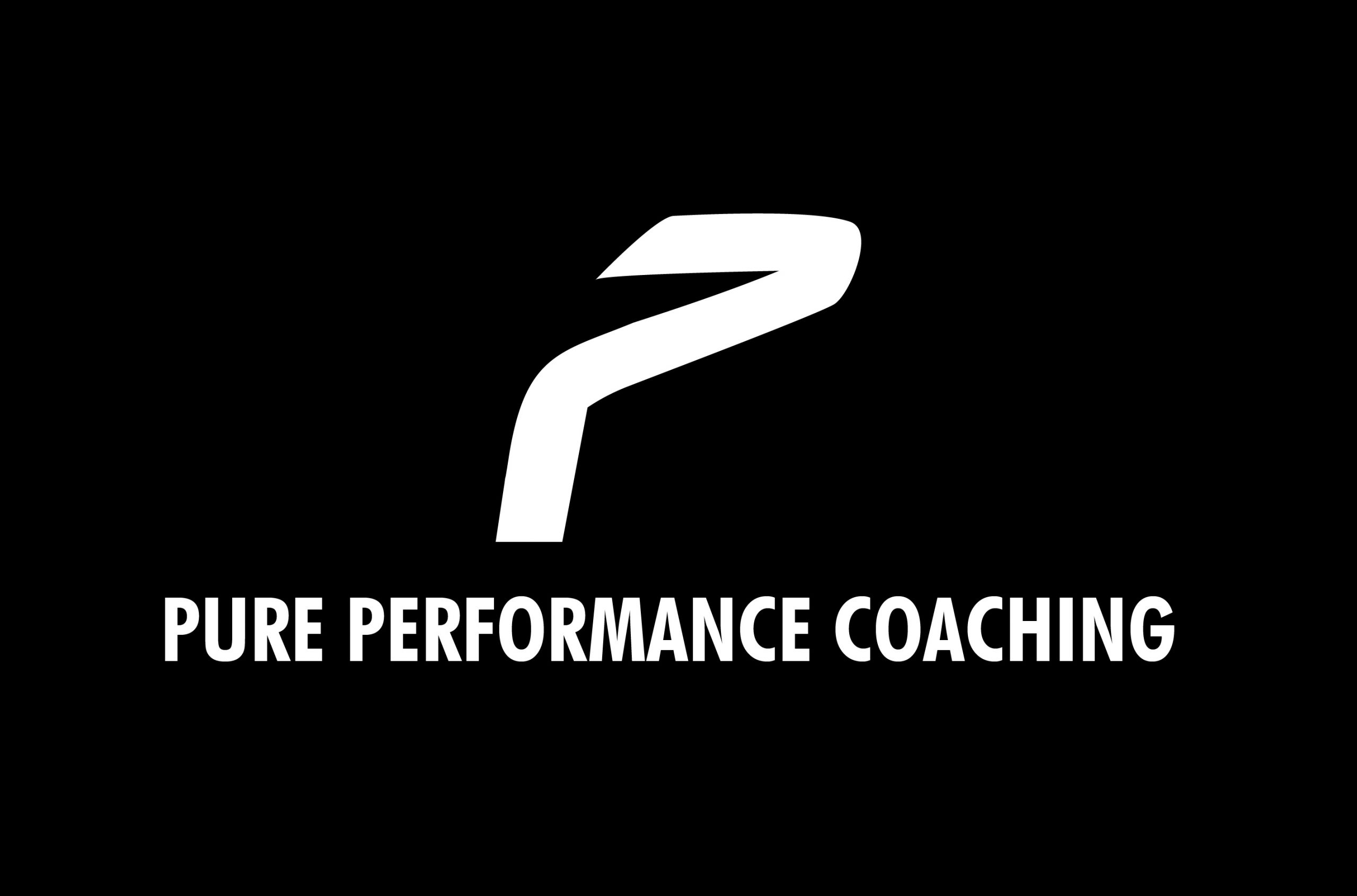
No Comments